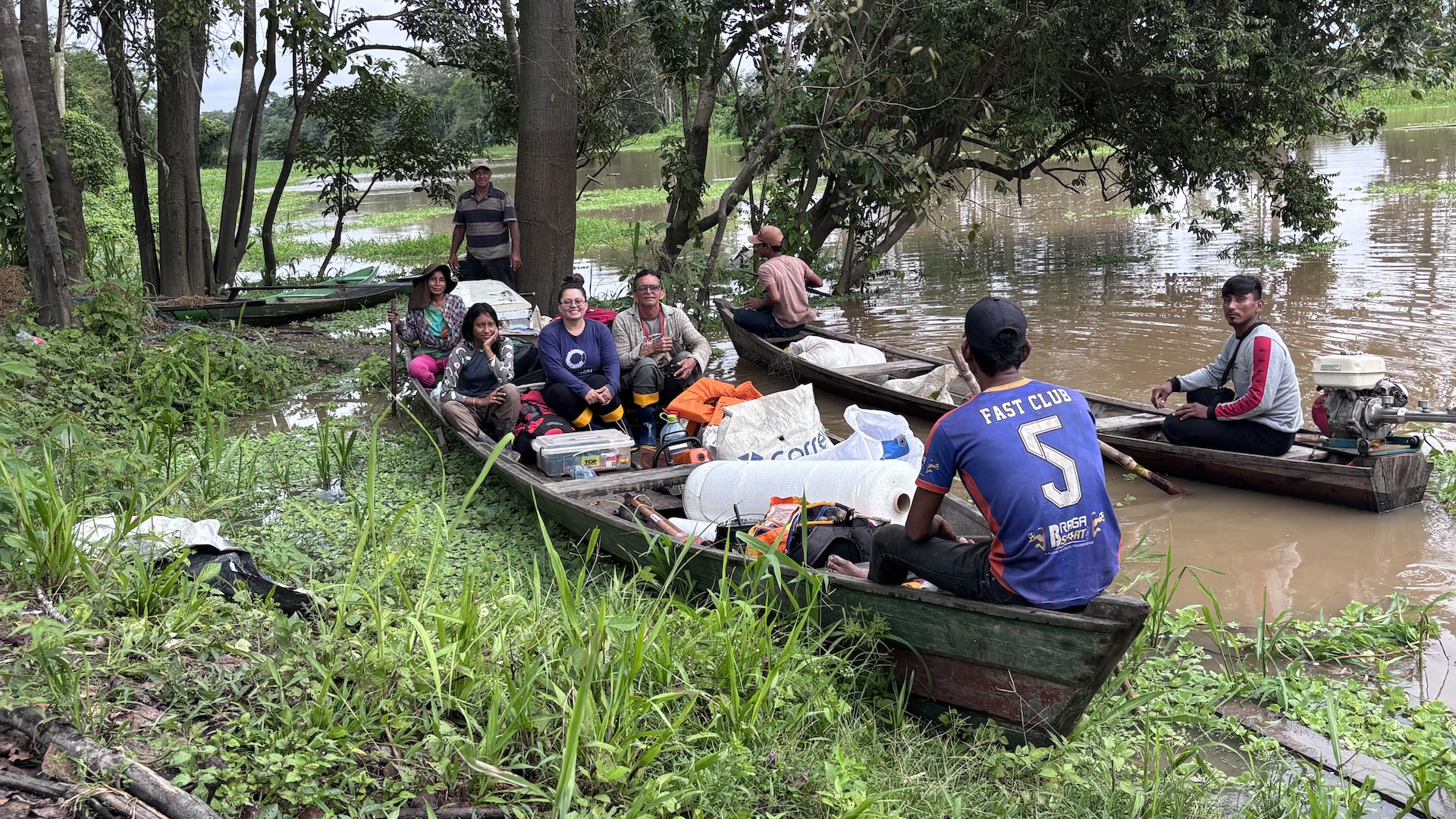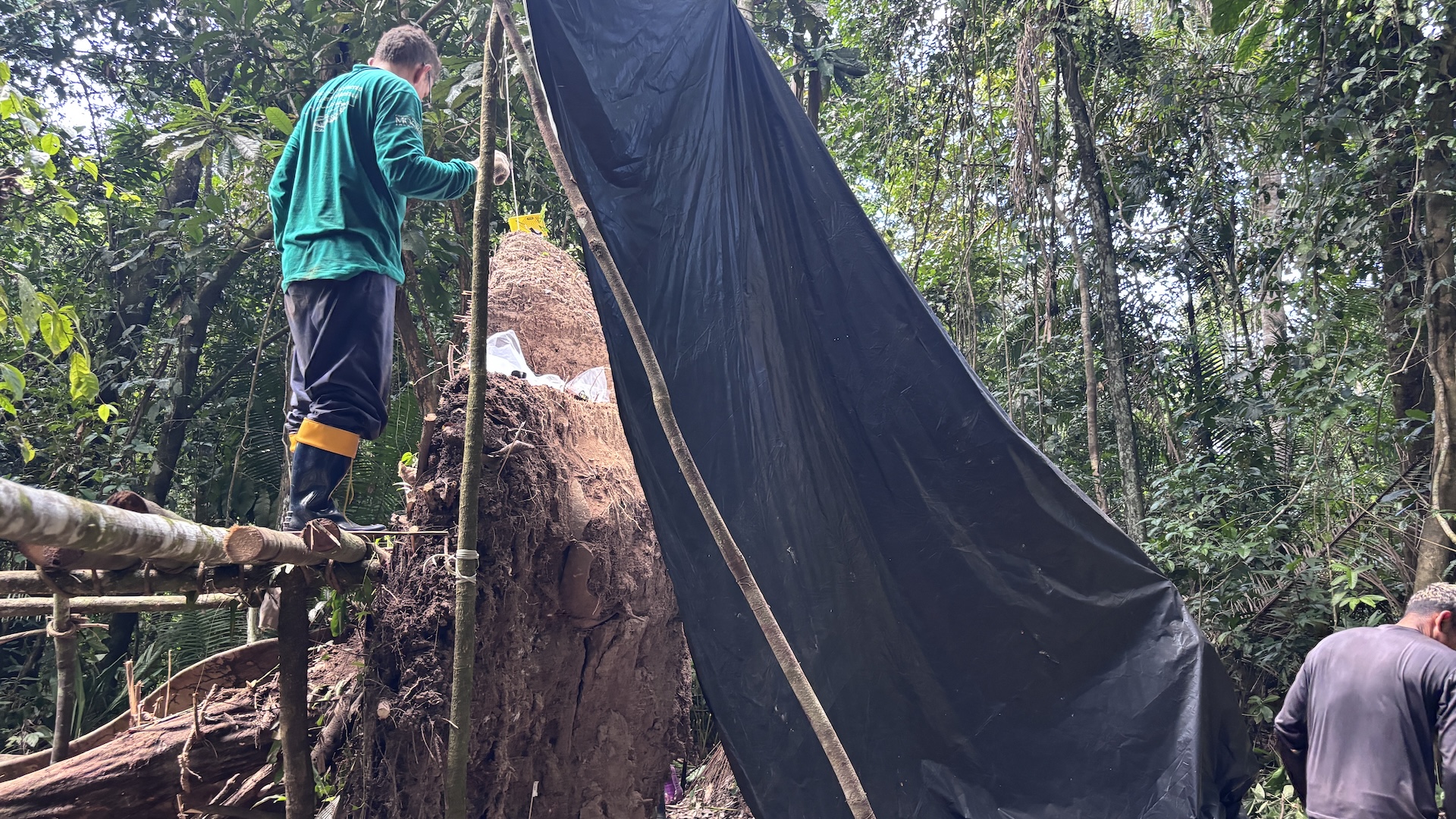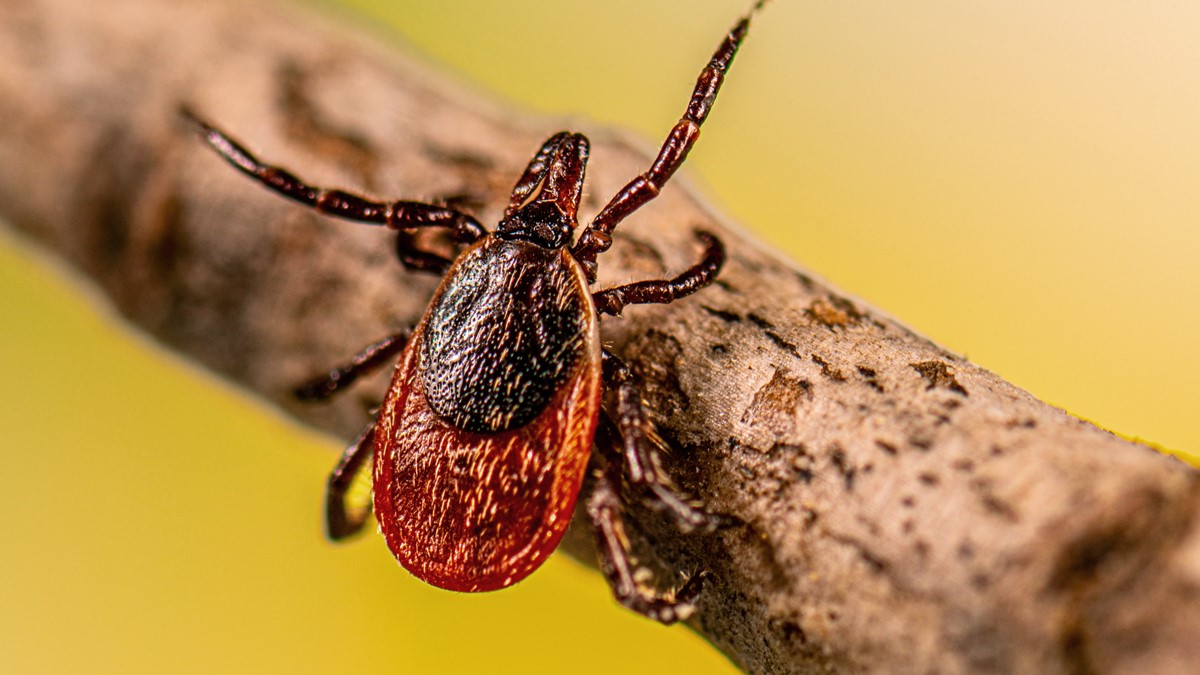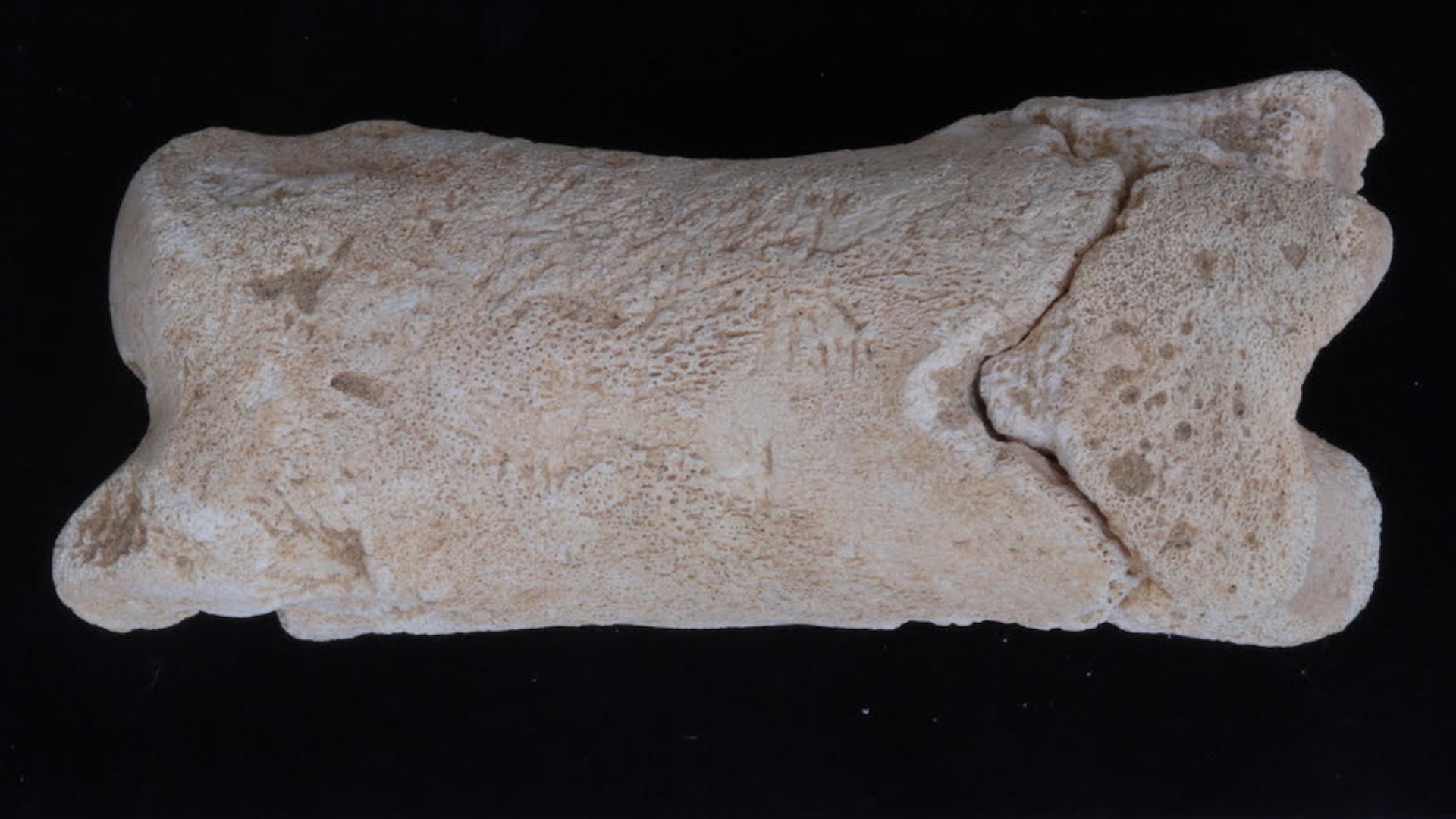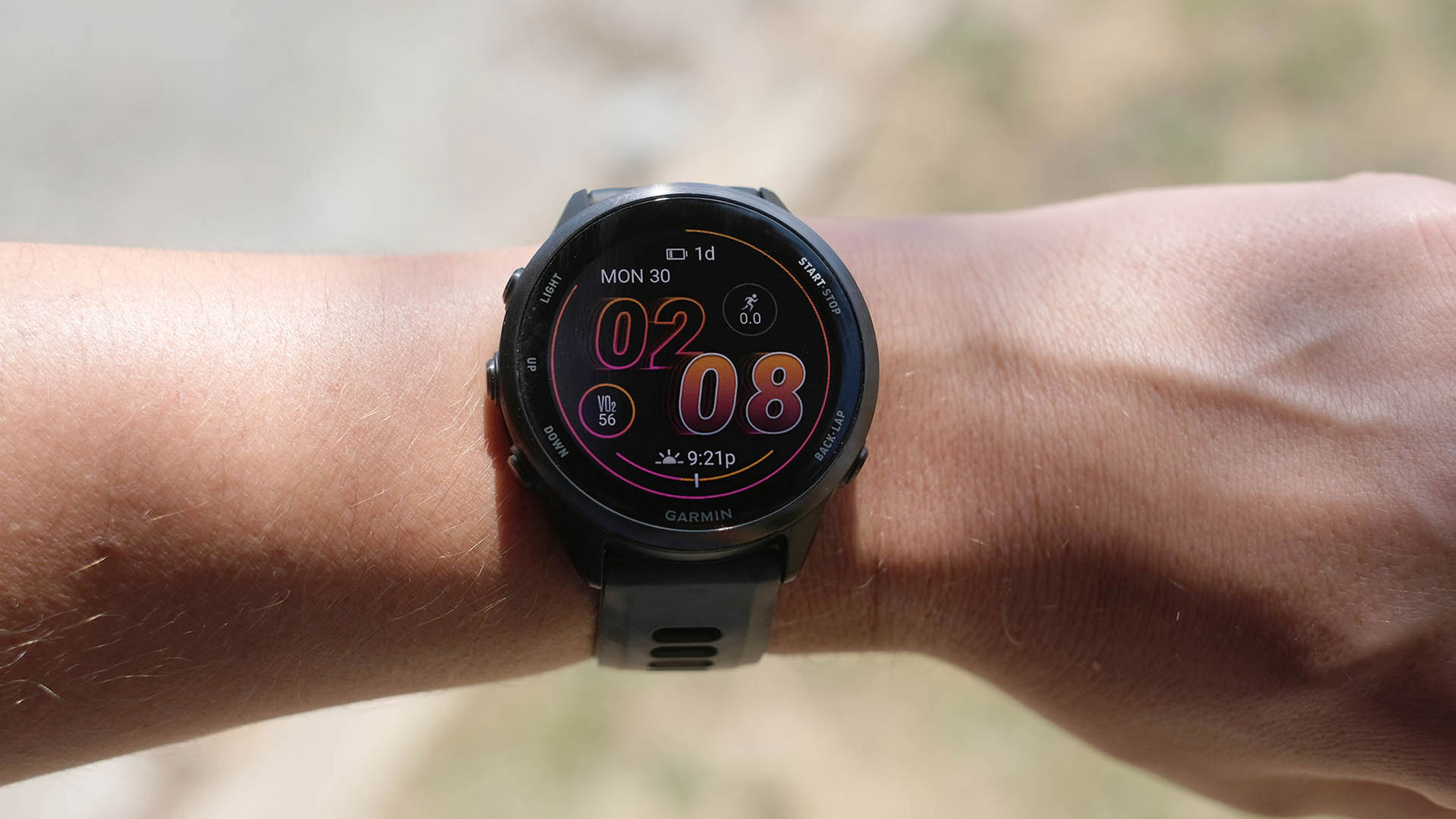Seven giant funeral urns dating to pre-Columbian times have been found deep in the Brazilian Amazon rainforest. A fisher who works in this little-known waterlogged area of the middle Solimões region, along the upper course of the Amazon River, made the discovery after a 50-foot-tall (15 meters) Paricarana tree fell over, revealing the urns buried beneath it.
The age of the urns is currently unknown; being Pre-Columbian, they’re either centuries or millennia old. But their burial place — a human-made island — is extraordinary, although it’s unknown if the culture that created the islands also crafted the urns, according to archaeologists at the Mamirauá Institute for Sustainable Development (IDSM) in Brazil.
Two of the larger ceramic urns — which measure up to 35 inches (89 centimeters) in diameter — contained human bones, while the others held a mixture of seeds and the remains of fish, frogs and turtles, said Geórgea Layla Holanda, an archaeologist at the IDSM who co-led the excavation. These seed and animal remains were likely part of the funeral ritual.
The finds are “unprecedented,” she said in a translated statement from the Brazilian Ministry of Science, Technology and Innovation. The large urns do not have ceramic lids, “possibly because they were sealed with organic materials that decomposed,” Holanda told Live Science.
However, somewhat similar ceramic finds have been made elsewhere in the middle Solimões area. In these cases, urns would have lids “representing the head, with structures on the sides imitating limbs,” she said.
“The greenish clay pottery is rare but has been seen at other sites in the region,” Holanda said. “We also found fragments with applied layers of clay on the exterior and painted red bands, though it is not yet possible to link these to any known ceramic styles.”
Related: Why are there no bridges over the Amazon River?
Archaeologists already know that funerals involving urns generally included multiple stages, she added.
“After death, the body was left in a basket in the river so that fish would consume the soft tissues, or it was buried in the ground,” Holanda said. “Afterwards, the disarticulated [jumbled] bones were cremated and placed inside funerary urns, which symbolized a new body, a new skin. Finally, many Amazonian cultures buried these pots beneath their homes.”
Archaeology in the Amazon rainforest
The month-long fieldwork was planned in coordination with residents of the nearby community of São Lázaro do Arumandubinha, who first alerted researchers to the finding.
“This was a community-driven demand, which understood the historical importance of these objects,” Márcio Amaral, an archaeologist at IDSM who co-led the excavation, told Live Science. The São Lázaro do Arumandubinha community advised the excavators when to avoid seasonal river flooding, since the archaeological site, called Lago do Cochila (or Cochila Lake), lies in a flooded zone with no access to firm ground.
To reach this remote area of the Brazilian Amazon, the research team traveled more than 24 hours by boat along the winding Amazon River from the institute’s base in Tefé to the community, canoed 11 miles (18 kilometers) through flooded areas, and then walked for one hour through the forest along a trail the guides hacked out with machetes.
Because of the difficult conditions where the urns lay, excavations were carried out on a platform raised 10 feet (3 m) above the ground, built with wood and vines by community members.
The funeral urns were buried about 15 inches (40 cm) deep on an artificial island built by ancestral Indigenous people. These people used earth to make this island as well as others in the region, primarily to protect the community from river floods, Amaral said.
Now that the excavation is done, the researchers plan to date the urns. They also have additional local reports of urns at other archaeological sites in the region, including on nearby artificial islands.






